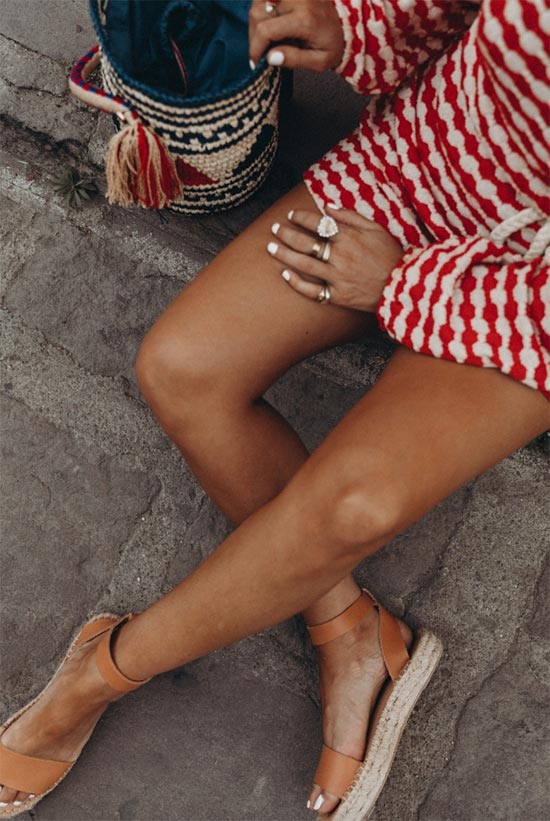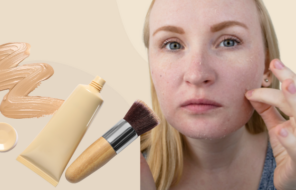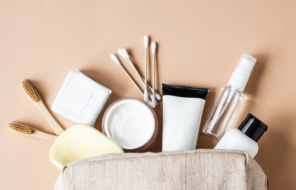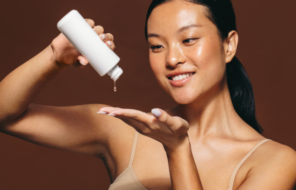Thighs rubbing together isn’t the only cause of skin chafing. Just about anyone can experience it on a variety of body parts, so an anti-chafing cream or product can be useful for many of us, men and women alike.
In this article, we explain what skin chafing is and what causes it, and then outline all of the remedies to treat your skin once it’s been irritated. We also cover all the measures for thigh chafing prevention, so that you can enjoy your favorite activities in your favorite clothes all summer long.
In this article:
- What Is Skin Chafing and Why Does It Occur?
- How to Treat Chafed Skin
- Measures to Take to Prevent Thigh Chafing
What Is Skin Chafing and Why Does It Occur?
Skin chafing is the irritation that shows up from the repeated friction of skin rubbing against skin, though it is also possible for skin chafing to occur because of harsh fabrics rubbing against the skin.
For most people this is an issue unique to spring and summer when they start wearing skirts, dresses, and shorts without tights or hose underneath. While walking, the thighs rub against each other and the skin can become irritated. If it’s hot out, sweat only makes things worse because the moisture increases the skin’s permeability while the salt in it increases the friction itself.
While thigh chafing is the most common form of skin chafing that people experience (especially these days when society is starting to learn to appreciate curves), it can actually affect other body parts as well.
The feet often suffer from chafing because of new or overly tight footwear, while ill-fitting or overly tight bras can irritate the skin on the back, shoulders, or under the breasts. Long-distance athletes are also very prone to skin chafing all over their bodies because of the repeated friction and sweat during competition.
Chafed skin gets raw, red, and painful. It is somewhat similar to diaper rash, both in how it’s formed and its symptoms. Skin chafing can take a few days to heal, but the big issue is that it won’t heal if the friction doesn’t stop in the first place. The pain and rash-like redness only become worse. This is why prevention is such an important step of allowing chafed skin to heal.
How to Treat Chafed Skin
Chafed skin is basically irritated skin, and it should be treated in a similar way to how you would treat a very shallow wound or a sunburn.
Keep Things Clean
While the damage to the skin when it’s chafed is fairly shallow, you still want to keep the area clean because infections are not unheard of. Once you get home, take a cool shower and clean the affected area with a mild cleanser and water.
Keep the Skin Dry
Once your skin is clean, dry it gentle with a soft towel and tissue, without rubbing. It’s important to be gentle with the skin to avoid aggravating the irritation. You can then apply a starch-based baby powder to really make sure to absorb the rest of the moisture.

Apply a Protective Ointment
A protective ointment will help speed up skin healing while preventing moisture from getting into your skin. You can use diaper cream with zinc oxide, a dedicated anti-chafing stick, or a soothing anti-chafing ointment. Petroleum jelly or a beeswax-based ointment will also work in a pinch. Avoid lighter lotions, however, since they tend to include too much water, which will only slow down the healing.
Keep It Cool
If your skin really hurts or stings from the irritation, use an ice compress to cool it down and alleviate the pain.
Try a Soothing Bath
Another method of calming down the skin to reduce the redness and sting is by adding something soothing to your bath. Oatmeal powder is an especially wonderful additive that helps soften the skin and reduce inflammation.
Avoid More Chafing
At least for the first day after developing your rash, try to avoid clothing and activities that will cause your skin chafing to worsen. Try to avoid activities that cause a lot of sweat, as the salt in your sweat can irritate and worsen your inflammation. If it’s unavoidable, make sure to use an anti-chafing stick before embarking on your activity, and then wash and apply ointment to your skin once the activity is done.
Wear Gentle Clothing
Harsh fabrics will only work to further irritate your chafed skin. If you’re staying at home, stick to soft fabrics. If you’re going out, then it’s better to wear moisture-wicking, protective garments or at least chafe-preventing shorts.

Measures to Take to Prevent Thigh Chafing
As with most things in life, it is much nicer to prevent skin chafing than to have to deal with it in the first place. There are a few different methods for preventing skin chafing, and I’ll outline them all.
Anti-Chafing Sticks
The best preventative products are water-free ointments that usually come in the form of a roll-up stick. These anti-chafing sticks have two main ingredients that make them work so well.
The first is MCT oil, also known as caprylic/ capric triglyceride. It’s a gentle, moisturizing ingredient derived from coconut oil that is very slow to sink into the skin and has incredible glide. It is very popular as a massage oil exactly for that purpose, but in chafing sticks it helps prevent the friction caused by skin rubbing.
The second ingredient you’ll often see in these chafing sticks is zinc oxide, which is also the main ingredient in diaper rash balms, and that helps keep the skin soothed.
•Anti-Chafing Creams
Anti-chafing creams like the Anthony No Sweat or Monistat Chafing Cream are cream-to-powder formulas that tend to sink into the skin fairly quickly. However, they leave behind a powdery finish that prevents friction. They tend to be effective for a few hours, until they wear away at which point they can be reapplied. They are worth trying if you don’t like the texture of an anti-chafing stick.
Powders
Baby powders are lovely anti-chafing aids, especially for those who are cream or ointment averse. Like anti-chafing creams, they do tend to wear away quickly, but they don’t leave any residue and they are easy to reapply. They tend to work best when the main cause of the chafed skin is sweat, since they are able to absorb that moisture and keep the skin dry. They are especially nice under the clothes.
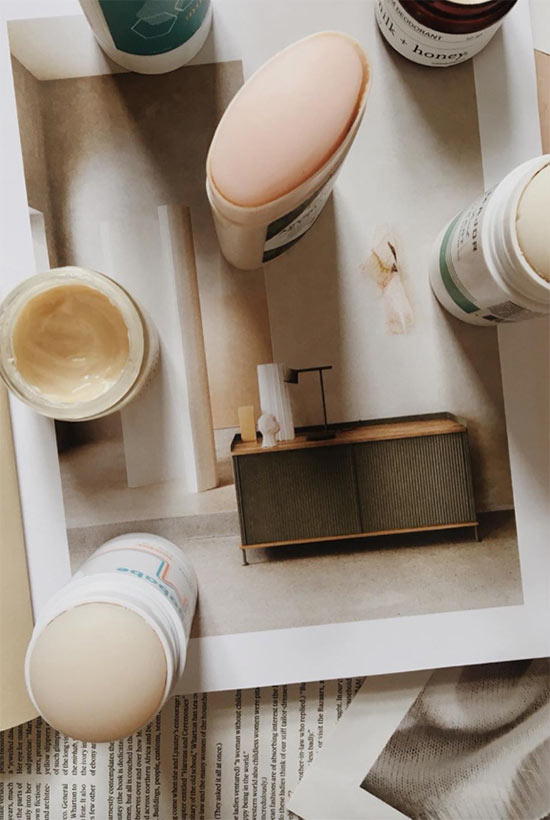
Bands
Elastic bands are an awesome solution for thigh chafing. They are made specifically to protect the skin completely in an unobtrusive manner. You simply pull the bands over your legs, and adjust them over the area of your thighs where chafing tends to occur.
They tend to feel quite comfortable, although they may shift or roll if you buy the wrong size. Bands come in all kinds of colors and designs, so you can choose one that will make a fashion statement or opt for a skin-colored one that won’t be noticeable.
Skin-Tight Shorts
Biker shorts or body shaping shorts are the most comprehensive solution to skin chafing. They tend to be quite breathable, and do a phenomenal job of protecting the thighs without moving or shifting.
The only issue with shorts is that sometimes they are a little too long, and can be seen under shorter dresses. They also take away some of the pleasure and breeziness of wearing a skirt in the first place, but there is the added bonus for some that they offer a bit more coverage should the wind blow up your skirt.
Deodorant
There are some people who swear by the effectiveness of deodorant for preventing skin chafing. A deodorant won’t have the glide of a cream or stick, but it can help prevent chafed skin by blocking sweat and keeping things dry. It’s a good choice for preventing skin chafing under clothing, but it might not work as well for skin chafing caused by friction.
Photos via @collagevintage, Instagram

